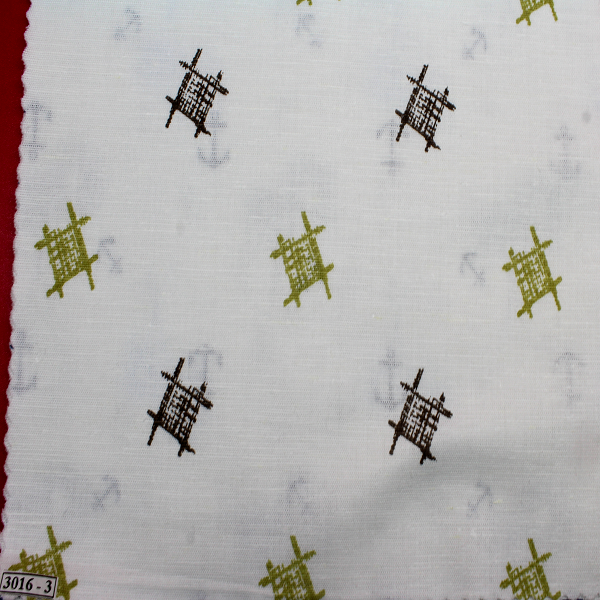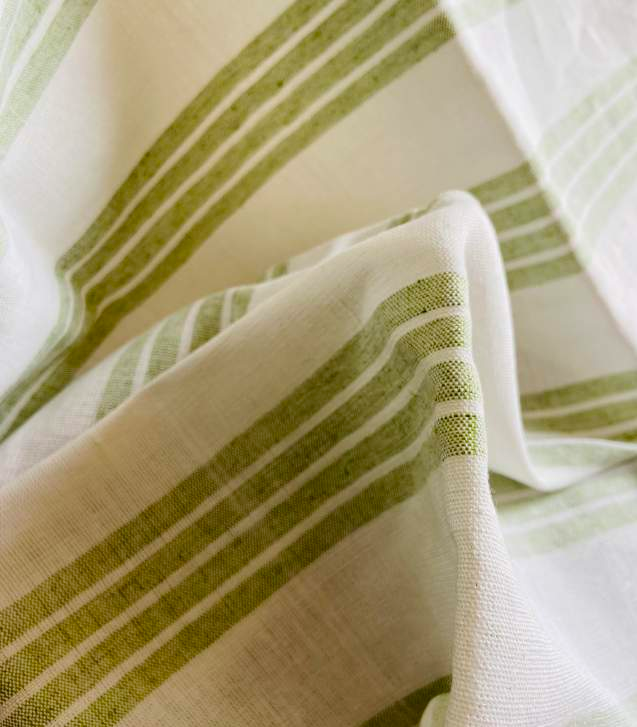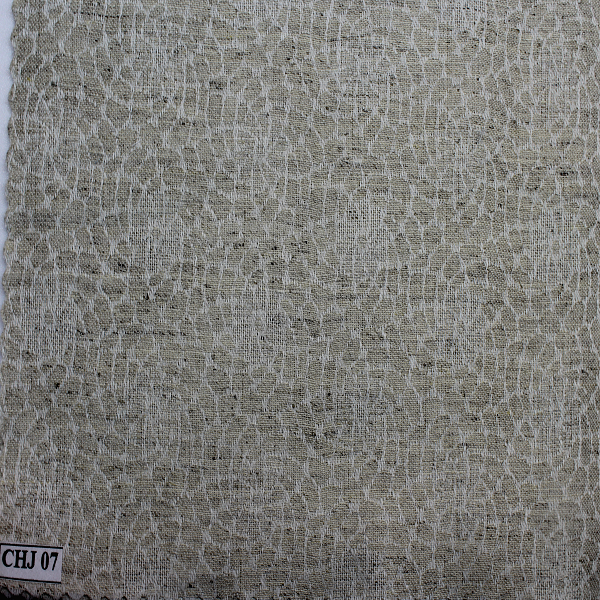What Skincare and Hemp Fabric Have in Common—And Why It Matters
In a world rapidly shifting toward sustainability and wellness, two seemingly unrelated industries—skincare and hemp textiles—are finding common ground. Both prioritize natural ingredients, eco-conscious production, and health-oriented benefits. As consumers increasingly opt for cleaner choices, the parallel rise of natural skincare and hemp-based fabrics signals a powerful shift toward mindful living. For a brand like Echo Earth, a global leader in hemp fabric sourcing, understanding this intersection helps deepen the value proposition for designers and eco-conscious businesses. From global hemp fabric sourcing companies to hemp lycra stretch fabric exporters, the alignment of values with wellness-focused industries like skincare opens a vast realm of possibilities. 1. Natural Ingredients That Are Skin-Friendly Both skincare and hemp fabrics revolve around nature-derived ingredients. In skincare, the shift away from parabens and sulfates reflects a broader movement toward clean beauty. Similarly, hemp fabric is created from the stalks of the hemp plant, making it a naturally hypoallergenic, antibacterial, and breathable material. When you wear hemp technical textiles, your skin stays cooler, drier, and less irritated—mirroring what skincare tries to achieve through formulations. This shared focus on skin safety is why brands now choose eco-friendly hemp home décor fabrics for bedding and baby wear, ensuring less exposure to synthetic irritants. 2. Sustainability Is Central Skincare brands are adopting recyclable packaging and sourcing organic ingredients. Hemp textile producers are doing the same—using low-water cultivation methods and avoiding harsh chemical processing. Companies like Echo Earth lead the way as custom-dyed hemp fabric suppliers, providing fashion and home décor brands with fabrics that align with sustainability goals. Just as eco-conscious skincare eliminates toxins and environmental damage, hemp textiles reduce the carbon footprint of the fashion industry. The two sectors are joining forces to support holistic well-being and responsible consumption. 3. Innovation Meets Nature Innovation in skincare now includes CBD-infused serums, plant-based peptides, and AI-powered skin analysis. Hemp textiles are also undergoing a transformation—with the creation of hemp lycra stretch fabric that offers flexibility and performance previously unmatched in plant-based materials. Echo Earth stays ahead as a hemp technical textiles exporter, offering designers options like stretchable, moisture-wicking fabrics ideal for activewear and daily fashion. These innovations make hemp fabrics not just sustainable, but also versatile and trendy—much like modern skincare brands. 4. Both Industries Value Transparency Consumers are demanding traceability in their products—whether it’s the origin of their moisturizer’s aloe vera or the source of their linen bedsheet. This demand drives both skincare and hemp textiles toward greater supply chain transparency. As a global hemp fabric sourcing company, Echo Earth prioritizes ethical sourcing, clear labeling, and open communication about materials and processes—much like top-tier skincare brands who list every ingredient on their labels. 5. Comfort and Feel Matter More Than Ever Just as consumers want skincare products that feel luxurious, people want clothes that are soft and breathable. Hemp fabric delivers on both counts. It softens over time while retaining durability, much like how a gentle moisturizer adapts to your skin over time. The rise of everyday hemp wear parallels the shift toward everyday skincare routines—products and garments that nurture your body daily without harsh chemicals or fast fashion guilt. 6. Consumer Values Are Changing Today’s buyer is looking for more than just a product—they’re looking for alignment with their values. Whether it’s choosing dainty, minimalist hemp accessories or zero-waste skincare routines, the intent is the same: to live responsibly without sacrificing style or results. Brands like Echo Earth and new-age skincare labels are growing fast by fulfilling this demand. They cater to mindful consumers who believe in circular economies, clean ingredients, and conscious living. 7. Health and Environmental Impact Are Interlinked When people wear synthetic fabrics, their skin may react negatively—causing sweating, rashes, or allergies. Similarly, skincare with artificial ingredients can cause long-term damage. Hemp fabric, much like clean skincare, reduces environmental impact while enhancing personal comfort. As a custom-dyed hemp fabric supplier, Echo Earth ensures all dyes and processing agents are eco-friendly—another reason why hemp textiles complement wellness-focused lifestyles. 8. Perfect Pairing in Loungewear and Wellness Brands The wellness market is merging skincare and comfortwear into one lifestyle category. From CBD serums to hemp bathrobes, brands are packaging the two together. Hemp textiles are used increasingly in wellness kits, spa robes, towels, and sleepwear—areas once dominated by synthetic blends. Designers sourcing from hemp technical textiles exporters can create entire wellness product lines that align with clean skincare regimens, offering comfort, breathability, and style in one seamless experience. 9. The Role of Technology in Natural Fabric Advancements With the help of new textile technologies, hemp lycra stretch fabric export is on the rise. These fabrics combine the best of both worlds—the eco-appeal of hemp and the comfort and elasticity of modern performance wear. This is akin to biotechnology innovations in skincare—where natural extracts are enhanced through tech-infused delivery systems for faster, deeper absorption. 10. Echo Earth: Leading the Green Revolution in Textiles Echo Earth is not just a hemp fabric sourcing company—it’s a movement leader in sustainable textile solutions. With a wide range of offerings such as custom-dyed hemp fabrics, eco-friendly home décor, and stretchable hemp lycra materials, Echo Earth is pioneering a new path where comfort meets consciousness. The company serves brands that align with global wellness, clean beauty, and sustainable living—making it a perfect textile partner for skincare-adjacent industries and beyond. Final Thoughts At first glance, skincare and hemp fabric may seem like worlds apart. But dig deeper, and their shared focus on wellness, sustainability, and transparency reveals a strong synergy. As wellness becomes a lifestyle—not just a product—this fusion of skin-loving fabric and earth-loving principles is creating a future-ready foundation for conscious living. If you’re a brand, designer, or entrepreneur looking to source ethically made hemp fabrics that meet modern standards for both function and feel, Echo Earth is your go-to partner. Let’s build the future of fashion—one sustainable fiber at a time.














